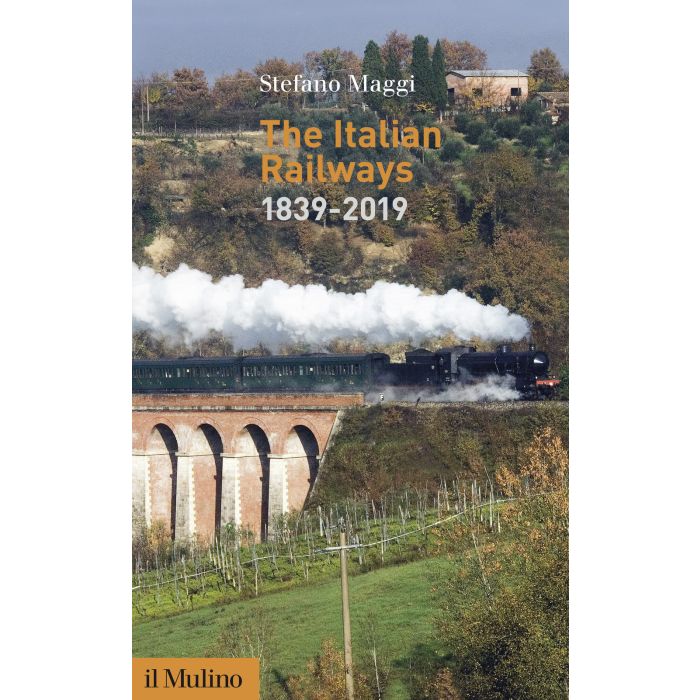The Italian railways (1839-2019)

- ISBN/EAN
- 9788815286277
- Editore
- Il Mulino
- Collana
- Fuori collana
- Formato
- Libro
- Anno
- 2020
- Pagine
- 288
Disponibile
22,00 €
Few things like the train have helped define the reality and the imagination of Italians. In the 19th century the railway became a symbol of national unity: not only were goods and ideas exchanged, the different people of the peninsula came into contact, came to know each other, mingled. In short, the train has sewn together Italy: with the troop trains of the First World War, with the «popular trains» of the fascist era, with the many «trains of the sun» that in the post-war period dumped, in the hundreds of thousands, people of the south in the suburbs of Turin and Milan. The book tells the story of Italian railways from its origins to the most recent evolution, which includes new high-speed trains and the entry of private companies as a result of the liberalisation of the sector.
Stefano Maggi teaches History of Communications and Transport at the University of Siena. With Il Mulino he published «Muoversi in Toscana. Ferrovie e trasporti dal Granducato alla Regione» (with A. Giovani, 2005); «Storia dei trasporti in Italia» (2009); «Le ferrovie» (2017).
Maggiori Informazioni
| Autore | Maggi Stefano |
|---|---|
| Editore | Il Mulino |
| Anno | 2020 |
| Tipologia | Libro |
| Collana | Fuori collana |
| Lingua | Italiano |
| Indice | STEFANO MAGGI The Italian Railways Preface to the English edition Introduction I. Railways and the Risorgimento 1. Transport in the early 19th century 2. “The spirit of Italian nationality” 3. The arrival of “steam trains” in the preunification states 4. The train service 5. Soldiers on the trains II. A national “network” 1. The era of big building works 2. Secondary railways and tramways 3. Economic progress 4. The modernization of cities and countryside 5. Traveling in united Italy III. The state and railways 1. The “law of the big groups” (1865) and the “parliamentary revolution” (1876) 2. The “agreements” (1885) 3. Riccardo Bianchi and the state company (1905) 4. The Great War 5. Railway workers between trade unions and politics IV. The “trains on time” during the fascist period 1. Purging and restructuring 2. Traffic growth and road competition 3. Electric trains and “littorine” 4. The “direttissime” 5. The “popular trains” V. Reconstruction and the “Settebello” 1. Between mines and bombs 2. It’s time to travel again 3. The “luxury” train 4. The “transportation for the poor” 5. Loss of traffic and technological lag VI. End of the “old” and arrival of the “new” railway 1. The “direttissima” Rome-Florence 2. The “railway renaissance” 3. The return of private management 4. Liberalization of train services 5. Trains and railways for the 21st century, towards Europe Index of names |
| Larghezza | 0 |
| Stato editoriale | In Commercio |
Questo libro è anche in:
